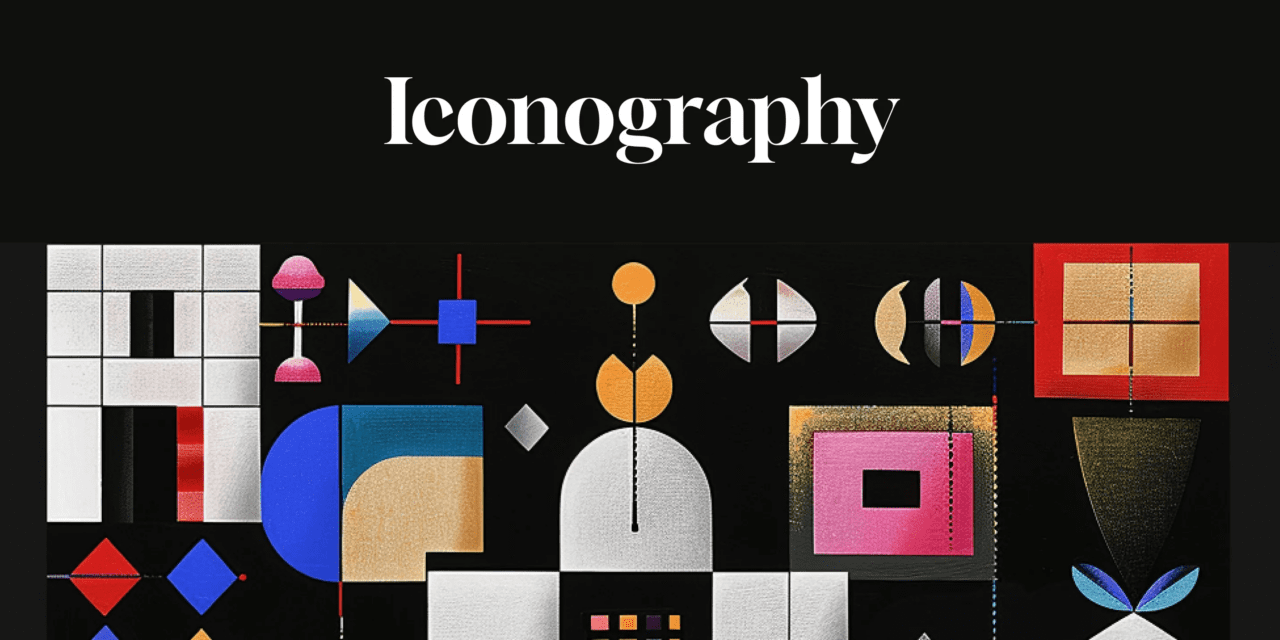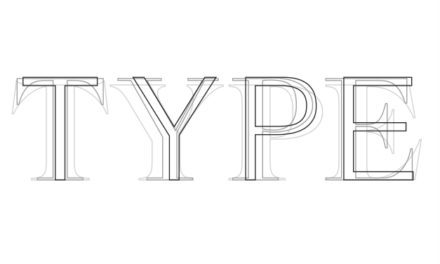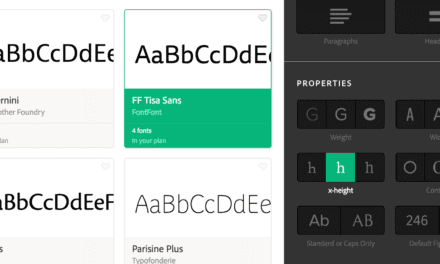ARTICLE SUMMARY: When it comes to communication, icons have been around long before the written word. Whether it’s a drawing on a cave wall or hieroglyphs found on temple walls or tombs scientists have transcribed entire stories through illustrated symbols.
Rishi Shah notes that even before we could form words, humans processed the world through visuals. As infants, we built our first neural connections by recognizing faces, objects and patterns through sight alone. From those primal roots, iconography has been core to how we learn, communicate and retain information across millennia.
In his article “Iconography — the universal language of the digital age” Rishi discusses the origins of iconography and it’s importance to designers who need to convey a large amount of information in a shot amount of time. He looks at
- The rise of the iconography
- The Importance of iconography
- Universe of iconography
In a fast-paced digital environment, efficiency is paramount. Iconography offers a quick and effective way to communicate without the need for text or lengthy explanations. Icons are not just visual assets, but a visual language that is universally accepted.
Beyond functionality, icons also evoke emotions and aesthetic appeal. Emojis, a subset of iconography, are now part of everyday digital communication. They add emotional context to text, bridging the gap between verbal and non-verbal communication. A smiley face, a thumbs-up, or a crying emoji can convey tone and sentiment that text alone might not fully express.
Iconography goes beyond mere visual appeal; it is a powerful tool that simplifies complexity, communicates effectively, and enhances user experiences.
This article is well worth reading, let us know what you think in the comments.




